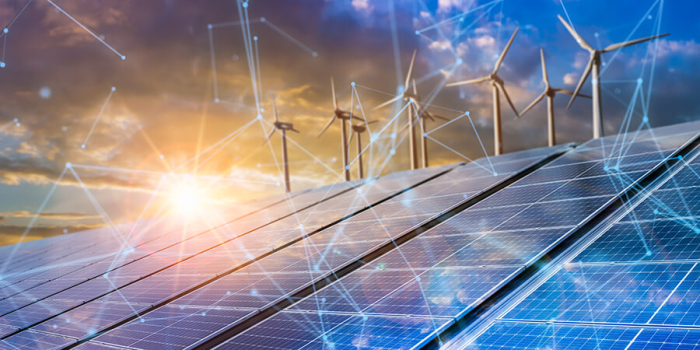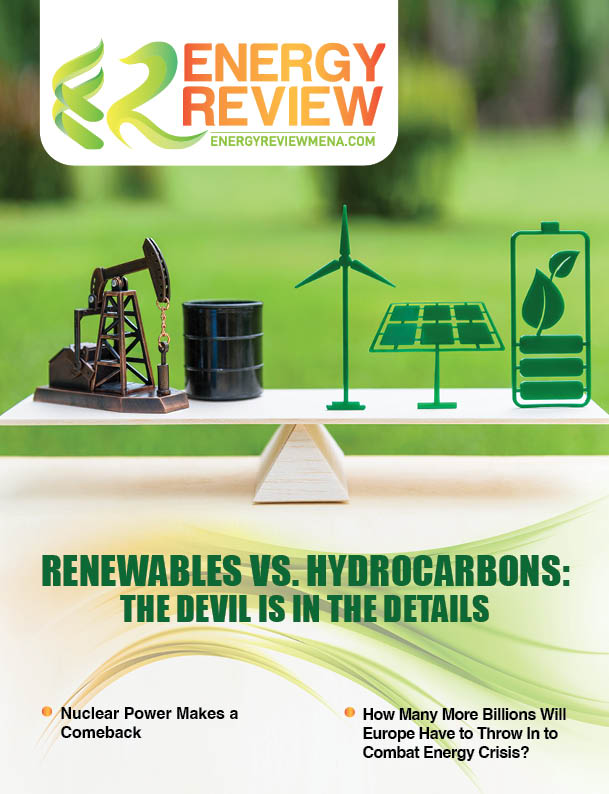Hussain Al-Salahi, country director, Koch Engineered Solutions Saudi Arabia shares with Energy Review his insights on hydrogen fuel as a viable energy source proposition.
Traditional natural energy sources - such as petroleum and coal - propelled the industrial revolution, lifting millions of people out of poverty and helping drive extraordinary progress to shape the contemporary world. Facilitating the rapid expansion of industrial operations, agriculture, and transportation, these traditional energy sources became the lifeblood of the modern economy. Being energy-dense, possessing the ability to be stored for an indefinite period, and their ease of transportation, these resources are crucial to meet the energy needs of the modern world.
As technology advances and views have changed, there are increasing opportunities for energy diversification to meet new demand, preferences, and opportunities. Notably, today we are seeing a society-wide call for a transformation towards introducing more renewables into the energy system that are ample, reliable, accessible, and affordable. This was evident during the recent COP26 conference that took place in Glasgow, where many oil-producing countries across the region, including Saudi Arabia and the United Arab Emirates (UAE), set ambitious national goals to achieve net-zero carbon emissions within this century.
Koch Engineered Solutions (KES) has keenly observed these growing industry trends, and as a business that specializes in pollution control and process equipment to assist industrial companies in operating responsibly, we recognize the mutually beneficial opportunities to embrace energy production diversity, such as through renewable systems including wind, solar, and water. In fact, with pollution prevention as one of our key business objectives and offerings, we have focused significant effort and resources to develop and enhance renewable energy platforms to help diversify the world’s energy industry.
It is important that we accept that an immediate transition to a renewable energy system is not possible. This transformation would take time, especially given that we are talking about the energy system that is powering the entire world today. Therefore, it is important that we start realistically and effectively, with clean and versatile energy solutions to set the wheels of global transformation in motion. One such promising solution among the many alternative energy systems KES is exploring is hydrogen fuel.
Over the last few years, we’ve seen an increase in the use of high hydrogen fuels for a variety of applications. Hydrogen combustion products do not contain carbon and therefore do not release carbon dioxide during combustion. In fact, if hydrogen can be produced using renewable energy, it is also possible to minimize or even eliminate CO2 generation, depending on the process. This further gives hydrogen an added emissions benefit as the absence of carbon in the fuel ensures no soot (smoke), carbon monoxide, or unburned hydrocarbons gets released in the production process.
However, the production of hydrogen is not without its own challenges. For example, in the current method of hydrogen combustion, NOx emissions could potentially increase due to the increase in adiabatic flame temperature and its impact on thermal NOx. Apart from increased NOx emissions, the hydrogen combustion process can also cause potential burner issues such as flashback and less flexibility for heavy fuels.
Having said that, it is important to understand that hydrogen fuels are still in the development phase with more R&D required to make them viable and sustainable large-scale solutions. As we have observed ourselves, many of the issues related to hydrogen combustion can be mitigated through careful planning and design. And when it comes to NOx emissions, as hydrogen increases the flame stability, it may be possible to increase fuel staging to mitigate the overall impact on NOx emissions.
Today, oil and gas producers in the Middle East are particularly well-positioned to produce certain types of hydrogen as natural gas is relatively low cost and they already have the infrastructure in place to produce it. In fact, hydrogen has already started playing a crucial role in the energy transformation plan of nations across the region, including Saudi Arabia and the UAE.
Notably in the last few years, Saudi Arabia has been diverting significant resources to grow its production of hydrogen with the aim of becoming one of the world’s biggest producers. The country has also initiated development plans to build the first hydrogen plant in the Kingdom, powered entirely by sun and wind in the megacity of Neom by 2025.
The UAE has also entered the global race to harness the potential of hydrogen, kicking off construction of the first hydrogen plant in the Middle East in 2021. Additionally, with the launch of its "hydrogen leadership roadmap" at the UN Climate Change Conference, the UAE has also set a 25% global market share target of low-carbon hydrogen by 2030.
Over the last decade, countries across the Middle East have established ambitions towards carbon neutrality and an array of green-hydrogen projects. However, this journey will not be simple or quick. With hydrogen promising to achieve some of the ambitious goals of governments worldwide, greater investments, resilient infrastructure, and commitment will be essential in the coming years.
Our team at KES remains committed to exploring alternative energy sources, including hydrogen, to help the world's energy transformation process. In fact, innovation and transformation are core priorities of our Stewardship vision and work, and we continuously seek out new technologies and methods that provide greater value to our customers while utilizing fewer resources, minimizing waste, and enhancing the environmental performance of our products and processes.
As Middle Eastern countries increase investments in alternative energy sources, they have the opportunities to realize greater economic growth and maintain their position as market leaders in the energy sector.









